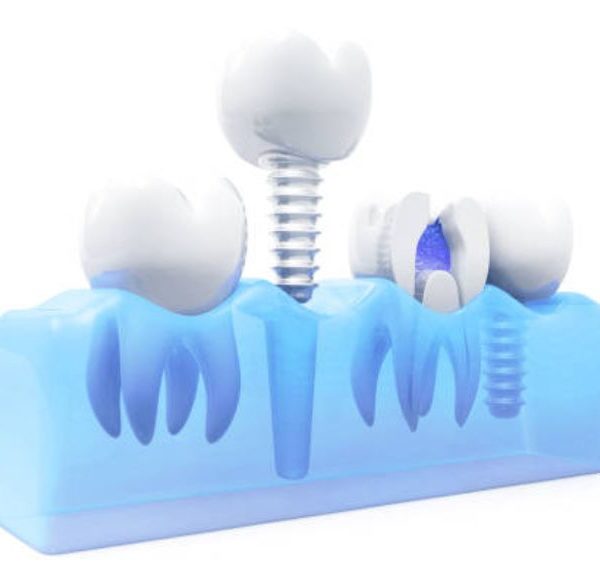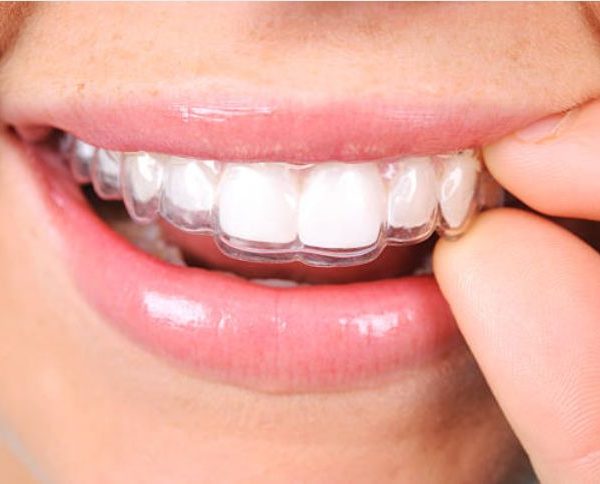There are various mechanical devices that are used in the different applications to meet various requirements. A gear coupling is a very useful mechanical device which consists of two shaft hubs with external teeth which are connected by means of a sleeve, generally of two pieces, containing internal teeth.
It can connect shafts of two separate machines and accommodate small amounts of shaft misalignment. The working action of a gear coupling is that of a flexible spline with the hubs and sleeves rotating together.
Commercial gear couplings transmit more torque for their physical size than other types of couplings. Because of this load transmitting capability, they have received wide acceptance on the higher speed applications, and on applications requiring high torque capacity combined with low inertia of the drive system. Like many other types of mechanical devices, this device can also fail due to many different causes. The following are some of the probable causes of failures.
The misalignment wear is one of the main causes of failures. If a gear coupling is operated under excessive misalignment, the wear on the teeth will be promoted. It is designed so that it will accommodate the alignment limits given in the service manual without metal to metal contact in the seal area. And tooth wear could be attributed to a combination of tooth sliding movement and lack of lubricant because the probability of lube leakage at the seal increases with misalignment.
The failure related with lubrication is another cause. As is known to all that the lubrication to the mechanical devices just likes water to the fish. That is to say, lubrication is very important to the maintenance of it. Continued operation of a gear coupling with a lubrication deficiency often produces a badly worn surface. Thus, the proper lubrication is quite necessary. It requires both sufficient and correct lubrication.
The lack of lubricant in gear couplings usually results from an insufficient lube filling, an omitted lube plug, or a damaged seal or gasket. If oil is used as the lubricant, leakage often occurs through the shaft keyway, unless the keyways are adequately sealed. Other reasons for lubricant deficiencies may involve the lubricant itself. Flange fastener failure is another cause which deserves high attention. This type of failure can be the result of insufficient fastener tightening torque, system torsional vibration or reversing loads which exceed the flange joint capacity.
Of course, there are still many other types of causes for failures. Therefore, it is necessary to take measures to prevent from these causes so as to improve the efficiency of the gear coupling.





